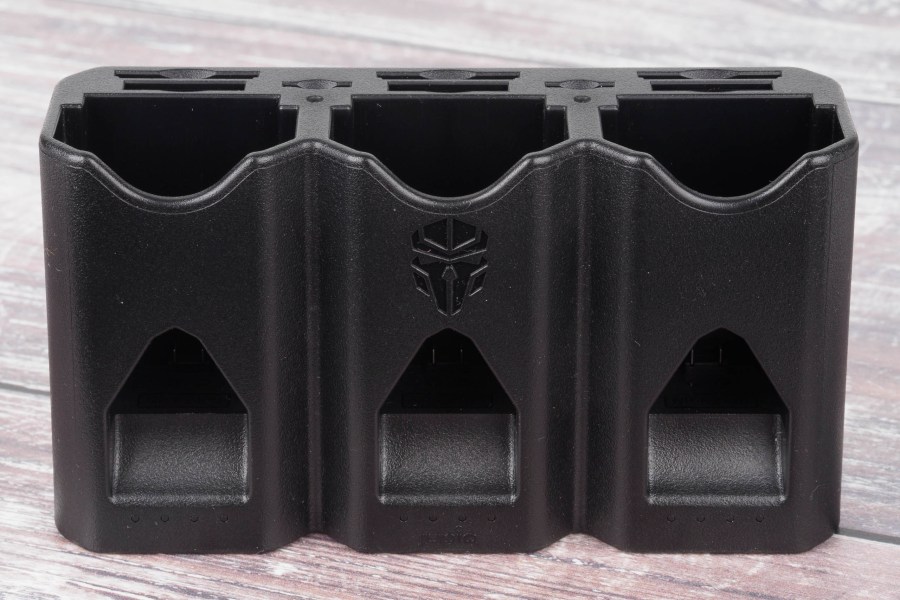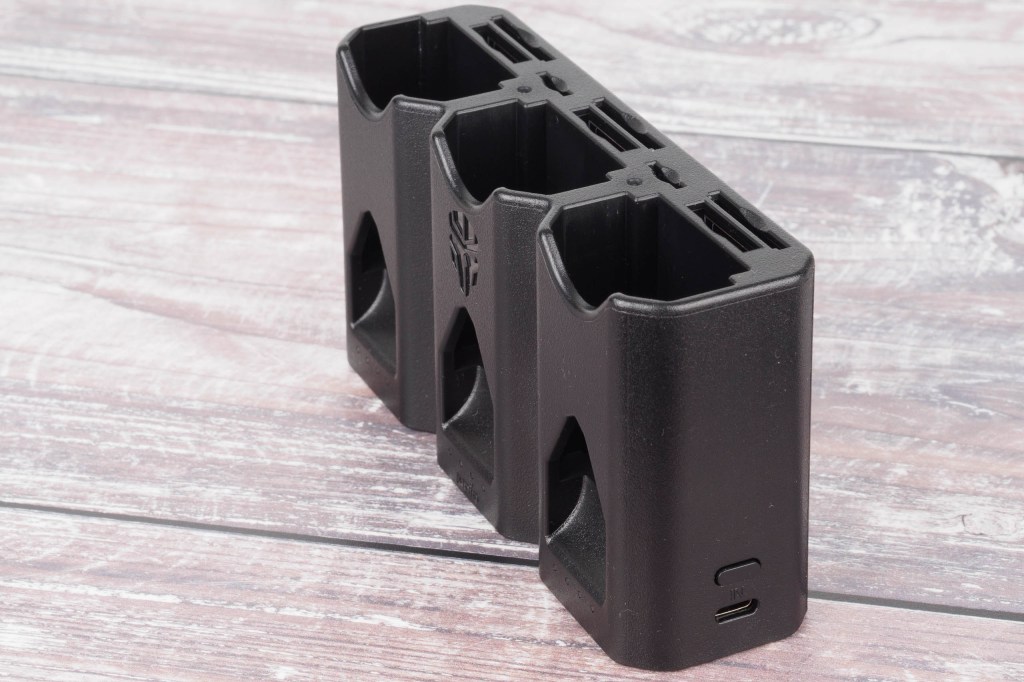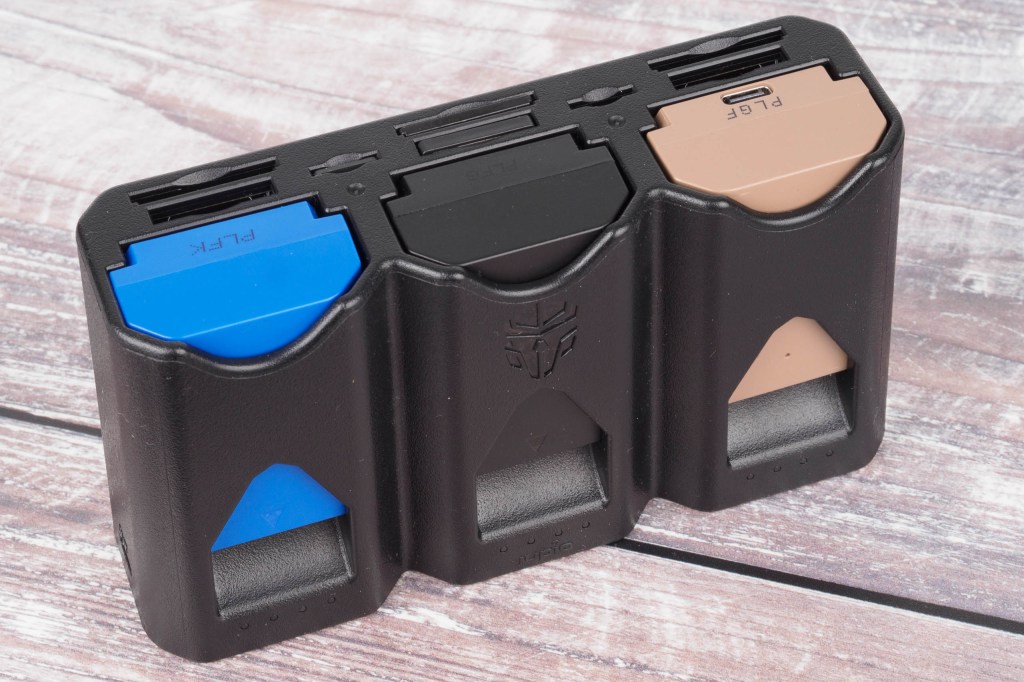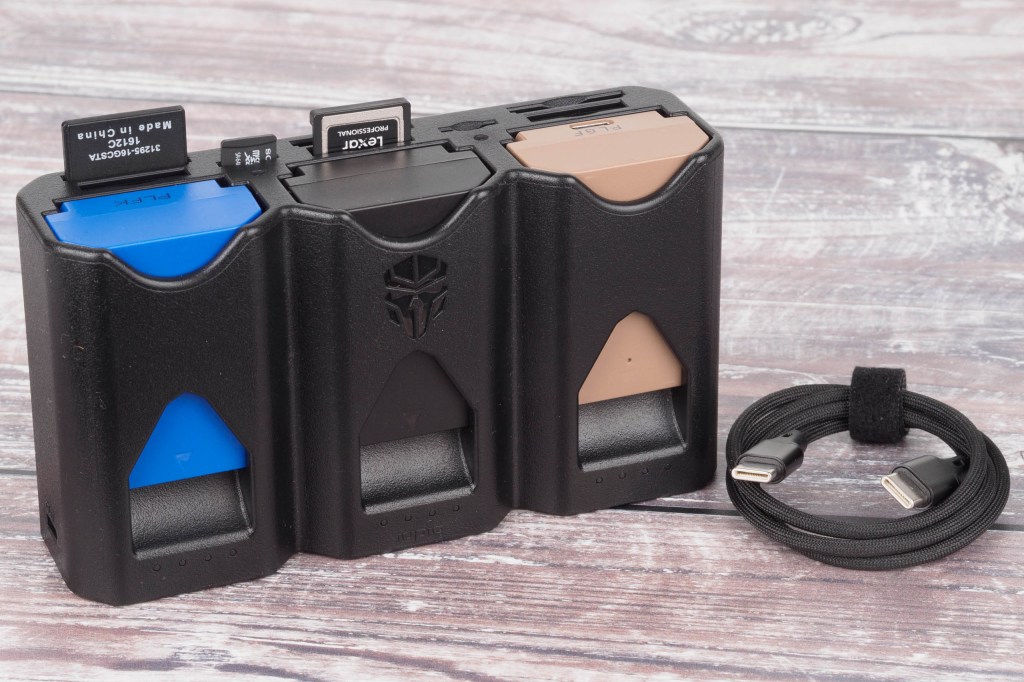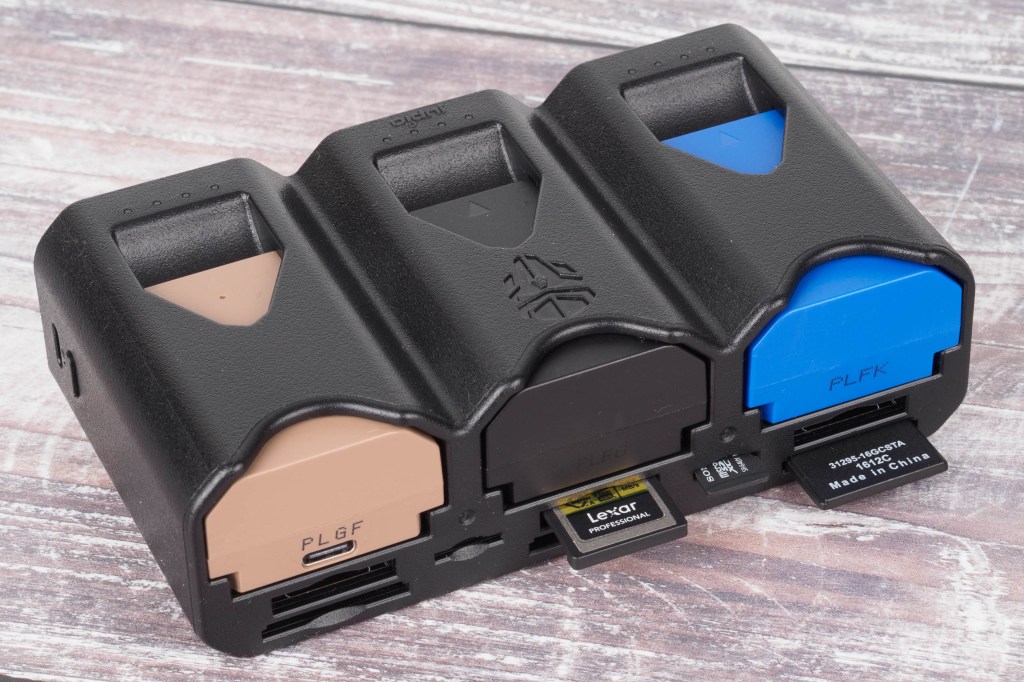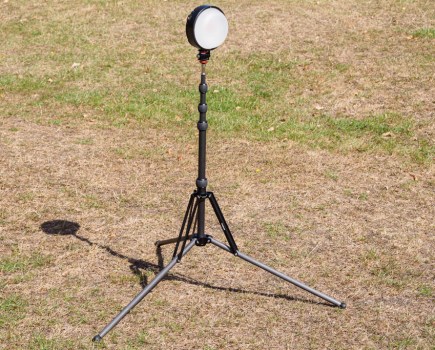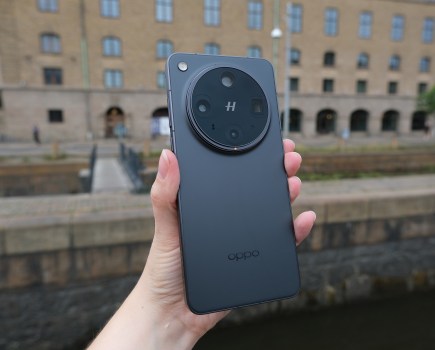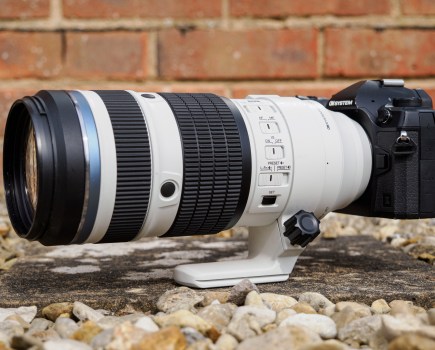Amateur Photographer verdict
This clever multi-functional device is ideal for photographers or videographers who get through a lot of batteries and memory cards in a day. Its ability to work as a powerbank is a handy bonus too.- Charges three batteries from one power supply
- Keeps batteries and memory cards organised
- Works as a powerbank
- Expensive compared to simple USB chargers
While many photographers can happily get through a day on a single battery and SD card, those who shoot more intensively need to manage additional power and storage. The Jupio x Pr1me Tri-Charge aims to meet the needs of these users. Not only will it charge three batteries at once, but it will also store them neatly together in your bag with multiple memory cards alongside. Oh, and it’ll work as a powerbank too.
Jupio x Pr1me Tri-Charge at a glance:
- £130
- Charges 3 batteries
- Works as a powerbank
- LED charge indicators
- USB-C power in and out
- Stores SD, MicroSD and CFexpress cards
- 136.2 x 79.1 x 40.2 mm
- jupio.com
The brainchild of YouTuber Peter Lindgren, the Tri-Charge takes the form of a one-piece black plastic shell measuring 136 x 79 x 40 mm. No power supply is included, but I suspect most photographers will own several suitable USB-C PD chargers already. You do get a short USB-C cable in the box.
At the time of writing, the Jupio x Pr1me Tri-charge is available in five versions, for Canon LP-E6, Fujifilm NP-W235, Nikon EN-EL15, Panasonic BLK-22 and Sony FZ100 batteries. The Sony version has card storage slots for CFexpress type A cards, while the others hold CFexpress type B cards. I tested the Sony FZ100 variant.
Jupio x Pr1me Tri-Charge key features:
- Compatibility: Versions are available for Canon, Fujifilm, Nikon, Panasonic and Sony users
- Status LEDs: Charge levels are represented by rows of four LEDs beneath each battery
- USB-C connectors: There are two power ports, marked simply ‘In’ and ‘Out’. A short USB-C cable is supplied in the box
- Button: Pressing a small button above the power-in port shows the battery charge levels and fires up powerbank mode
Three batteries simply slot infrom the top, where they’ve held in place firmly and won’t fall out, even if the unit is turned upside down. You also get eight memory card slots: two micro-SD, three SD, and three CFexpress. These all use a click-in, click-out design with the cards sitting flush to the top of the case. So again, they shouldn’t come out by accident.
You’ve got to be careful when removing the micro-SD cards, though, as they’re so small and light they can easily get fired across a room (or worse, landscape). Note that the device doesn’t work as a card reader.
Pressing a small button on the side shows each battery’s charge status via rows of four small LEDs. Below this button is the USB-C ‘In’ port; plug this into a power supply and the batteries will start charging.
I tested the charger using both Sony FZ100 batteries and third-party alternatives, and it worked pretty much as you’d expect. Using a 35W USB-C supply, it took about three hours to charge one or two empty batteries, and half an hour longer with three batteries.
Plug a USB-C cable into the ‘Out’ port and press the same button, and the Tri-Charge works as a powerbank to top up other devices. Sensibly, this uses each of your camera batteries in turn, leaving one or two full for as long as possible. It’s probably not something I’d do very often, but it’s nice to have the option.
Jupio x Pr1me Tri-Charge: Our Verdict
If you regularly get through lots of batteries and cards, the Jupio x Pr1me Tri-Charge could be worth considering. Its main drawback is the price – simple USB-C dual or triple chargers cost rather less. But if you can see the value in its multi-functionality, it could prove be a really useful device.

Follow AP on Facebook, X, Instagram, YouTube and TikTok.

